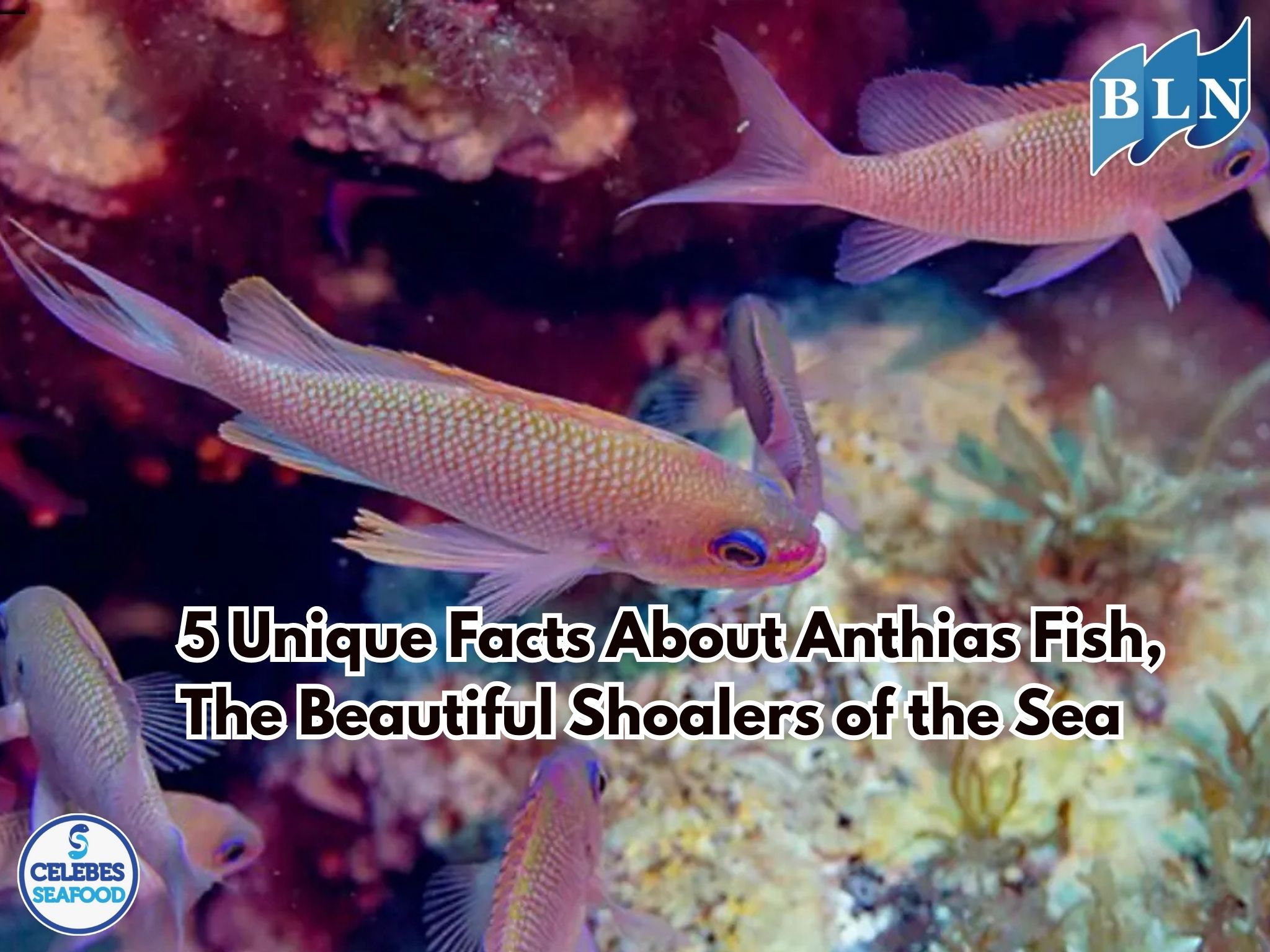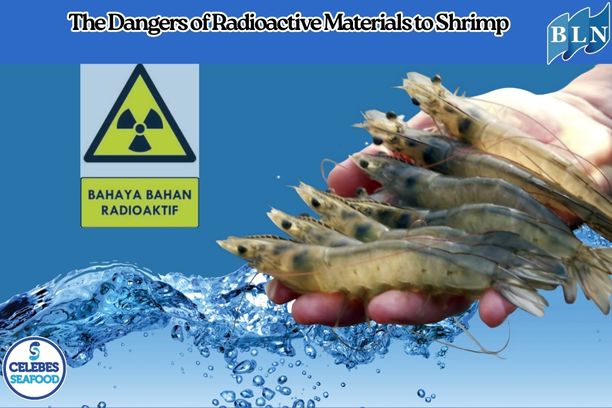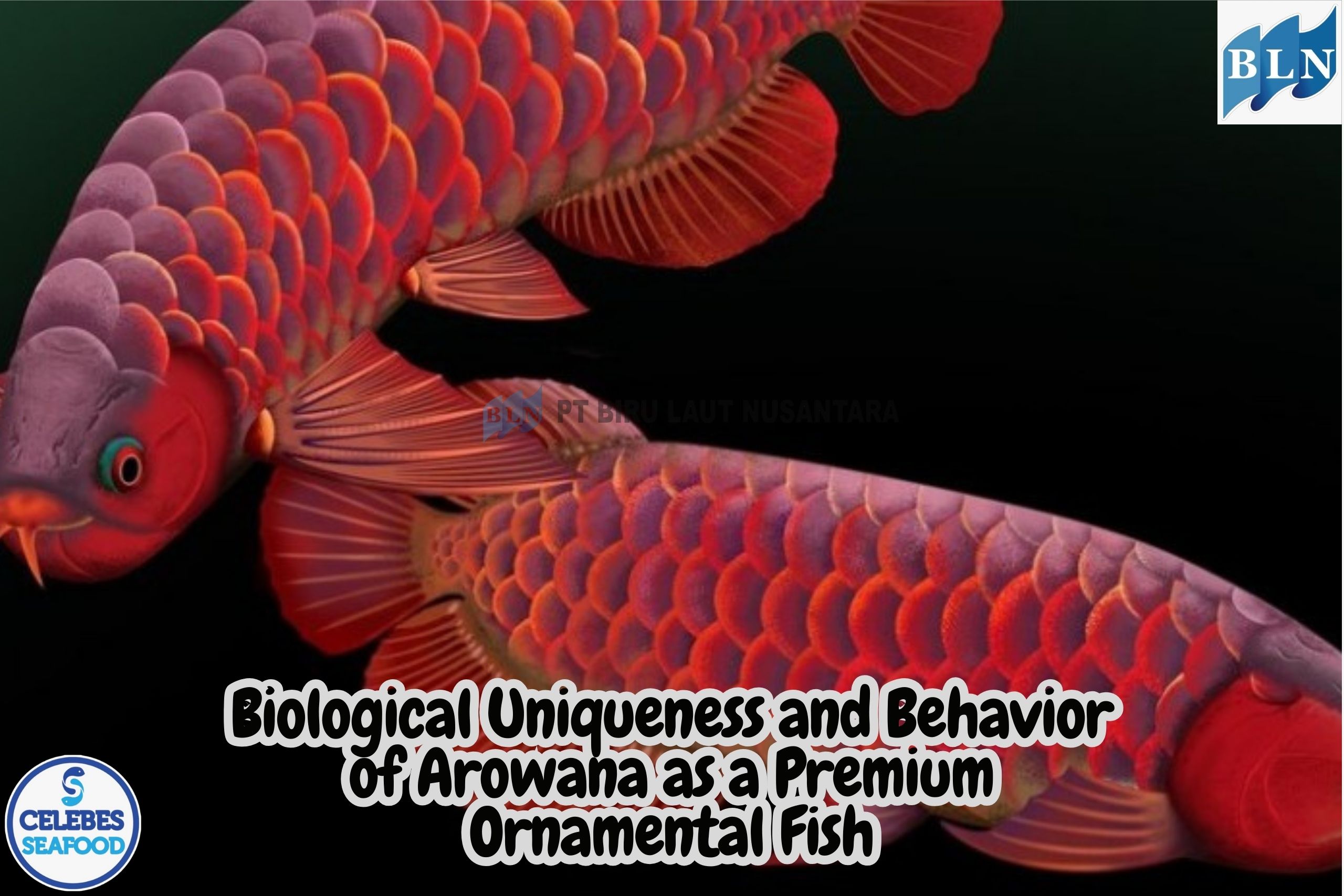5 Unique Facts About Anthias Fish, The Beautiful Shoalers of the Sea
By. Rani - 28 Aug 2025
lautnusantara.com Anthias fish are known as one of the most stunning inhabitants of coral reefs, thanks to their vibrant, colorful bodies. When they swim in large schools, they create an incredibly beautiful underwater spectacle. Their body colors can range from orange, pink, to golden yellow, depending on the species. The elegance of these fish makes them a favorite subject for many divers and underwater photographers.
However, beneath their beauty, anthias fish have unique behaviors that set them apart from other reef fish. They live in well-organized groups, have a structured social hierarchy, and possess clever survival strategies. These facts make anthias not only visually appealing but also fascinating from a biological and behavioral perspective.
1. Living in Large Schools
Anthias fish are rarely seen alone in the wild. They typically swim in large groups consisting of dozens to hundreds of individuals. The formations they create are not just beautiful to look at; they also have an important function for safety. By schooling together, the chances of a predator attacking a specific individual are reduced because the mass movement can disorient the predator's vision.
Furthermore, living in a group helps anthias fish forage more efficiently. When ocean currents bring plankton, the entire school will move in unison toward the food source. This coordinated movement not only makes it easier for them to get nutrition but also strengthens social bonds within the group.
2. Color Differences Between Males and Females
Anthias fish exhibit clear sexual dimorphism, especially in the pattern and intensity of their body colors. Generally, males have more striking colors, such as a combination of bright red or orange with purple accents, while females tend to have softer colors like light orange or pale yellow. This difference helps males attract females and also demonstrates their dominance within the group.
The male's body color can also become more vibrant during the mating season. This phenomenon occurs due to hormones that trigger the production of specific pigments in the skin. This color change serves as a visual signal to indicate reproductive readiness and is also a way to maintain their hierarchical position within the school.
3. Agile Plankton Eaters
Most anthias fish are active plankton feeders that drift in open water. They have a high swimming speed to catch these tiny prey before they are carried away by the current. Their fast and coordinated movements make them efficient hunters, even in strong currents.
This fast swimming ability is also supported by their slender body shape and proportional fins. Besides helping them forage, this speed is a natural defense against predators. In a matter of seconds, a school of anthias can disperse and then quickly regroup to confuse an enemy.
4. The Amazing Ability to Change Sex
One of the most unique facts about anthias fish is their ability to change sex. The majority of anthias are born female, and if needed, a specific female can change into a male. This transformation typically happens when the dominant male in the group dies or disappears, causing the largest and strongest female to take on his role.
This sex-changing process involves not only a change in reproductive organs but also a change in behavior and body color. Within a few weeks, the female will start to exhibit aggressive traits, brighter colors, and territorial behavior like a male. This strategy helps ensure the continuation of reproduction within the group.
5. Habitat in Tropical Waters
Anthias fish are generally found in tropical waters with healthy coral reefs. They prefer areas with moderate to strong currents, as these conditions bring the plankton that is their primary food source. Some anthias species even choose to reside in depths of 10 to 40 meters, where sunlight is still sufficient to sustain coral life.
The presence of anthias fish is often used as an indicator of coral reef health. If their population is stable and active, it is likely that the surrounding ecosystem is also in good condition. Conversely, a decrease in the number of anthias can be a sign of alarming habitat degradation or environmental changes.
The beauty of anthias fish is not only seen in their vibrant colors but also in their social behavior and biological adaptations. They show that underwater life has an astonishing complexity. Observing these fish in their natural habitat provides a deeper understanding of the balance of the marine ecosystem.






 on the Seabed.jpg)
